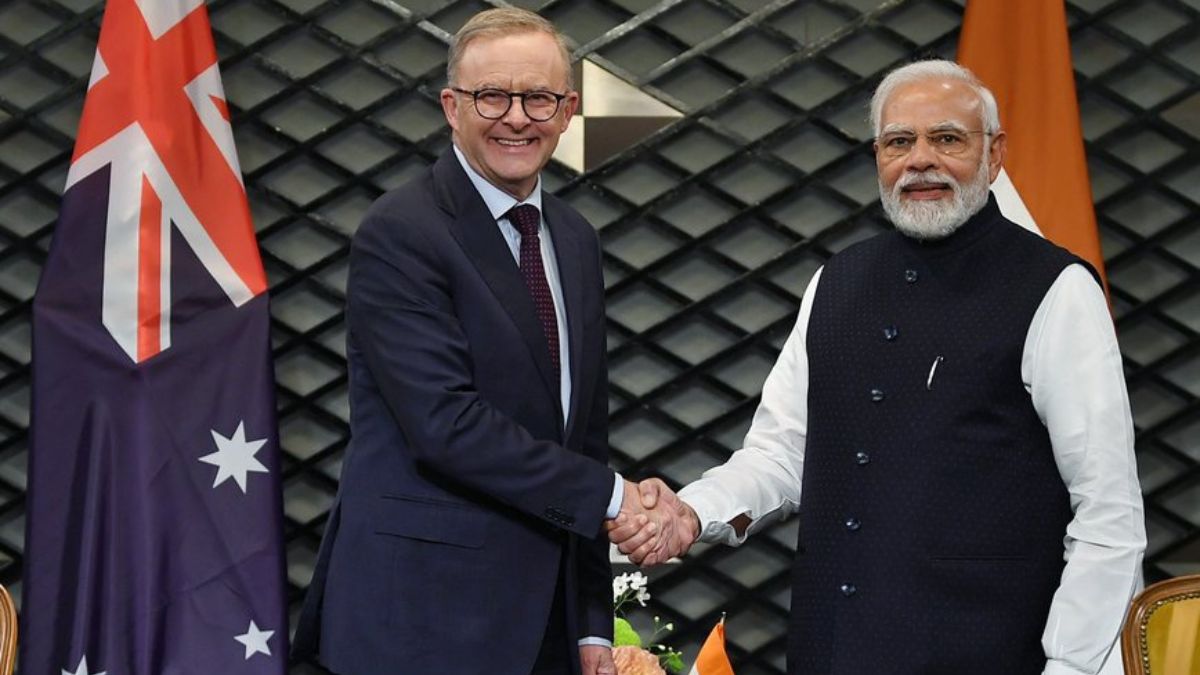Australian Economy Surges with 58,000 New Jobs in July, But Unemployment Rises to 4.2% amid Mixed Labor Market

- by Admin
- August 15, 2024

In July, the Australian economy demonstrated unexpected strength by adding 58,000 new jobs, significantly surpassing market expectations of a 20,000 increase. This robust job creation indicates resilience in the labour market, though the accompanying rise in the unemployment rate to 4.2 percent adds complexity to the economic outlook.
The figures, released by the Australian Bureau of Statistics (ABS), reflect a mixed labour force landscape that could influence the future trajectory of interest rates in Australia.
Kate Lamb, ABS head of labour statistics, highlighted that while the number of employed individuals increased by about 58,000 in July, the number of unemployed also grew by 24,000.
This dual increase suggests that while more jobs are being created, there is also a growing number of people actively seeking work, contributing to the rise in the unemployment rate.
The participation rate, which measures the proportion of people either employed or actively seeking employment, lifted to 67.1 percent, reflecting a higher level of engagement in the labour market.
The 58,000 new jobs added in July follow the 50,000 jobs gained in June, highlighting continued strength in the labor market.
According to IG Markets analyst Tony Sycamore, these numbers could complicate the Reserve Bank of Australia’s decisions on interest rates as it monitors declining price pressures in the economy.
“Today’s data confirms that the labor market remains tight and is cooling more gradually than anticipated,” Sycamore said. “However, with the participation rate reaching a record high, the RBA may have more time to keep rates on hold and observe how the data evolves.”
Sean Langcake, head of macroeconomic forecasting at Oxford Economics Australia, described the jobs data as “relatively benign” for the RBA.
“Their objective of maintaining the labor market near full employment is being achieved, with steady job growth continuing,” he noted.
“Meanwhile, demand and supply are gradually coming into better balance as the market eases.
“We still anticipate that rates will remain unchanged throughout 2024, with the first cut likely in the second quarter of next year.”
The Latest News
-
November 22, 2024‘All sorts of trouble’: Why ‘it’s all down’ to Alex Carey amid legend’s big warning — LIVE
-
November 22, 2024All the Sheffield Shield squads for round five | cricket.com.au
-
November 22, 2024Aus PGA LIVE: Amazing turnaround after wet weather chaos as play back underway
-
November 22, 2024Aussie PGA Champs shortened after wash out
-
November 22, 2024Staying independent is radical, top fashion label says




